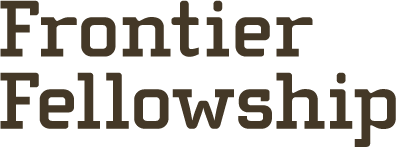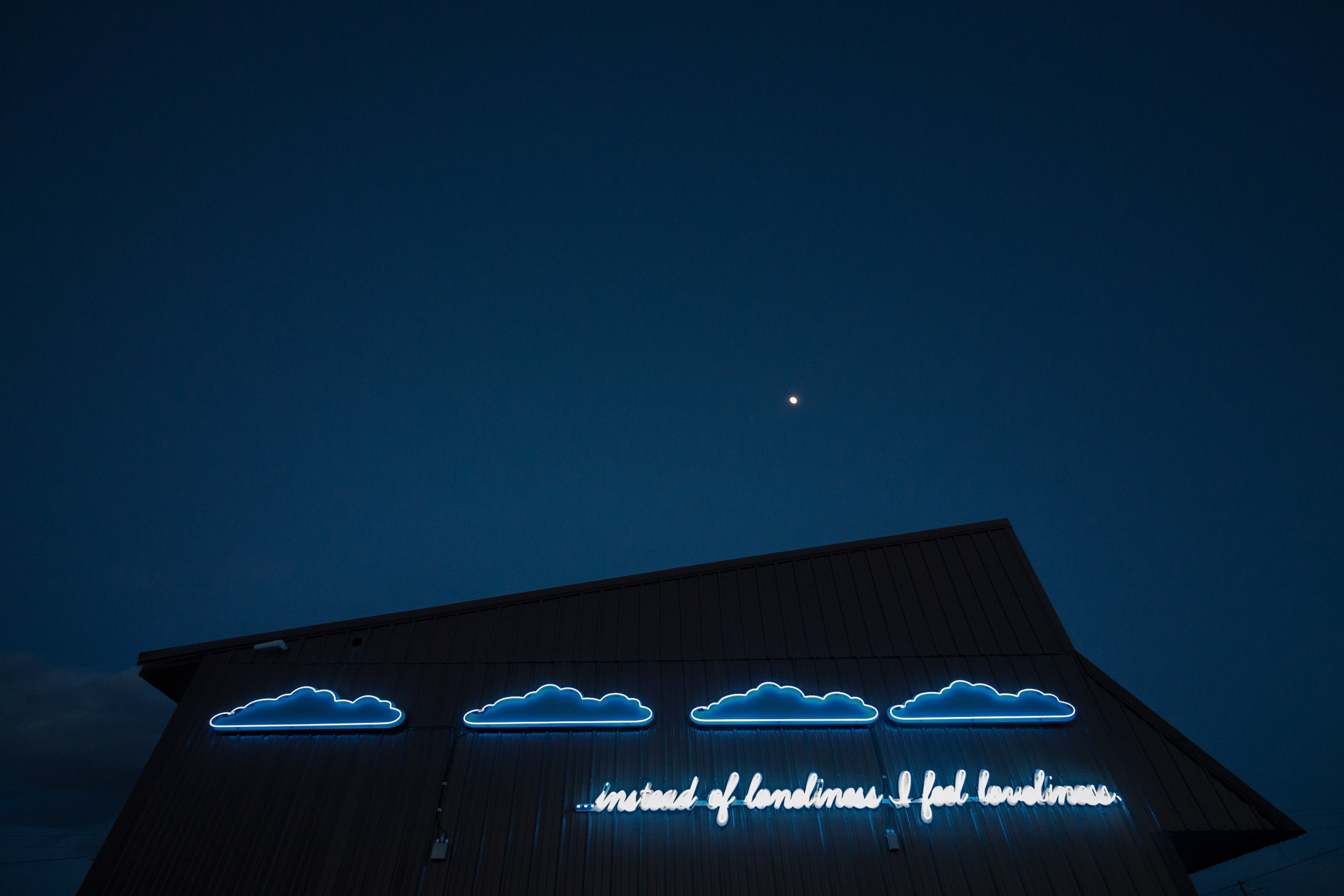Calista Lyon

Frontier Fellow May 2019
Website
Calista Lyon is a visual artist living and working in Columbus, Ohio. Her research lives at the intersection of non-human and human worlds in our time of climate breakdown, prompting questions around human response-ability and care. In 2006, she earned a Diploma of Art in Applied Photography from Melbourne Polytechnic, Australia. Relocating to the United States in 2012 she earned a BA in Studio Art at California State University, Los Angeles. Presenting a solo exhibition at the Murray Art Museum Albury, Australia in 2017 along with group shows at DAAP Galleries, University of Cincinnati (2018); Cultural Arts Center, Columbus (2018); Angela Meleca Gallery, Columbus (2018); Beeghly Library, Ohio Wesleyan University, Delaware (2018); Fine Arts Gallery, California State University, Los Angeles (2017) and The Luckman Gallery, Los Angeles (2015) among others. Lyon will present a solo exhibition at ROY G BIV Gallery in Columbus, Ohio in 2019. Lyon was awarded the 2016/17 University Fellowship at The Ohio State University where she is currently undertaking her MFA.
It has been theorized that the human hand was our earliest symbolic tool and that it was the hand that made possible human’s first form of representation. These early simulations are believed to have developed into our first forms of a manual sign language prior to the development of oral or written language.
Localized Gestures is a video centered on the community of Green River, Utah. The work shares a single gesture—the wave—a greeting present in many cultures but particularly prevalent in small rural communities. Through the gesture of the wave this work explores how we use our hands as a form of relation, affection and solidarity.
A wave has been offered to you by a veteran melon farmer; a council worker about to celebrate thirty years of service; a woman who missed the fireflies of Missouri; a senior citizen dressed head-to-toe in pink and sporting a hat that read “MAKE AMERICA GREAT AGAIN”; a girl in those awkward years of becoming a woman; a pheasant farmer readying for a delivery of twelve thousand chicks; the local mayor; a mechanic; a Vietnam vet poisoned by agent orange; an artist; a back-country mule aficionado; a man who wore a high-visibility vest in solidarity with the French protestors; the high school principal followed by her graduating seniors; a young woman who made sandwiches; a nurse; a couple who recently started a snow-cone business; a man embodying a deep-seeded anger; a gardener; and upon meeting her, an immensely generous young girl, among many others.
In Prehension, philosopher Colin McGinn writes that the symbol of the wave might be a distant attenuation of stroking or grooming. How does this gesture of an imaginary touch become something we can build from?
The wave could be interpreted as reaching towards someone, a gesture shared between bodies where we “reach beyond ourselves to form connections.” How does the acknowledgement of one-another play into our lives?
How might the act of mimicry be interpreted by others as a deeper acknowledgement towards connection? A connection beginning with a responsibility.
For those of us living outside this community, how might we learn from these place-based forms of affection and relation? How do we grow and extend our roots beyond the idea of the individual into a larger “social world.”
Looking to the wave as an embodied form of solidarity, how might we use these gestures as a way to see ourselves as a larger organism or collective. From Lynn Margulis, we can see in the work of scientists Scott F. Gilbert, Jan Sapp and philosopher Alfred I. Tauber that the biological individual is a falsity, we are always made with and by others, always part of a larger whole. We live and thrive most successfully when supporting each other in life rather than through the outdated modes of evolutionary competition.
The hands in this video are connected to bodies intricately woven to larger systems of soil, water, rock and air along with a vast array of bodies—both plant and animal—that make up the Green River eco-system. How then do we see ourselves in place?
The human hands are a unique development with incredible dexterity and prehension that has allowed our species to proliferate and dominate. We humans must learn to look inward, to be critical of what these evolutions have allowed our species to do to others, both the human and non-human.
Communities like Green River offer a tangible place to start, a space where we might know each other and therefore be accountable to each other, working at a scale that offers possibility.
Localized Gestures was screened at the annual Green River City Picnic at O.K. Anderson Park and projected around the town on a billboard viewed as motorists exit the town, on the wall of a local restaurant and on the side of semitrailer parked at the West Winds Truck Stop.
This work was made possible through the generosity of Epicenter and the larger Green River community, please respect their gift by sharing your wave with another.
Sources Cited:
McGinn, Colin. Prehension: The Hand and the Emergence of Humanity. Cambridge, MA: The MIT Press, 2017, 48.
Gilbert, Scott F., Jan Sapp, and Alfred I. Tauber. “A Symbiotic View of Life: We Have Never Been Individuals.” The Quarterly Review of Biology 87, no. 4 (2012): 325–41. https://doi.org/10.1086/668166.







